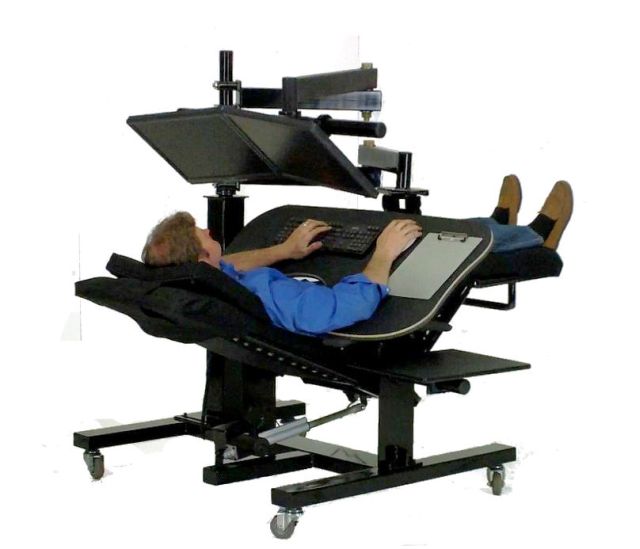Cool story:
Believe it or not, it happened at a presidential campaign event.
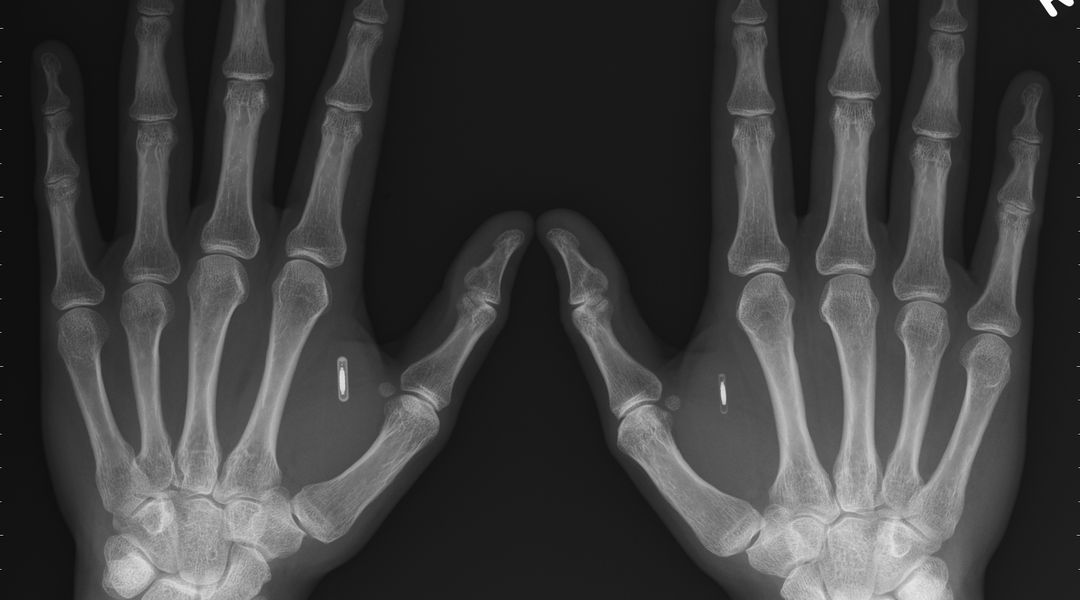
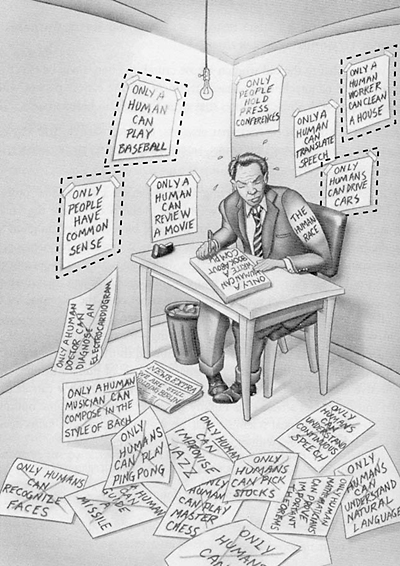
The concept of artificial intelligence got it’s start at a conference at Dartmouth in 1956. Optimism ran high and it was believed that machines would be able to do the work of humans within 20 years. Alas, it was not to be. By the 1970’s, funding dried up and technology entered the period now known as the AI winter.
Slowly, however, progress was made. Computers became increasingly able to do human tasks, such as character recognition, making recommendations on Amazon and organizing itineraries on travel sites. We didn’t see the algorithms at work, but they were there, computing on our behalf.
So the answer to our technological dilemma is, in fact, all too human. While the past favored those who could retain and process information efficiently, the future belongs to those who can imagine a better world and work with others to make it happen.

So, you think you’ve seen it all? You haven’t seen anything yet. By the year 2030, advancements will excel anything we’ve seen before concerning human intelligence. In fact, predictions offer glimpses of something truly amazing – the development of a human hybrid, a mind that thinks in artificial intelligence.
Ray Kurzweil, director of engineering at Google, spoke openly about this idea at the Exponential Finance Conference in New York. He predicts that humans will have hybrid brains able to connect to the cloud, just as with computers. In this cloud, there will be thousands of computers which will update human intelligence. The larger the cloud, the more complicated the thinking. This will all be connected using DNA strands called Nanobots. Sounds like a Sci-Fi movie, doesn’t it?
Kurzweil says:
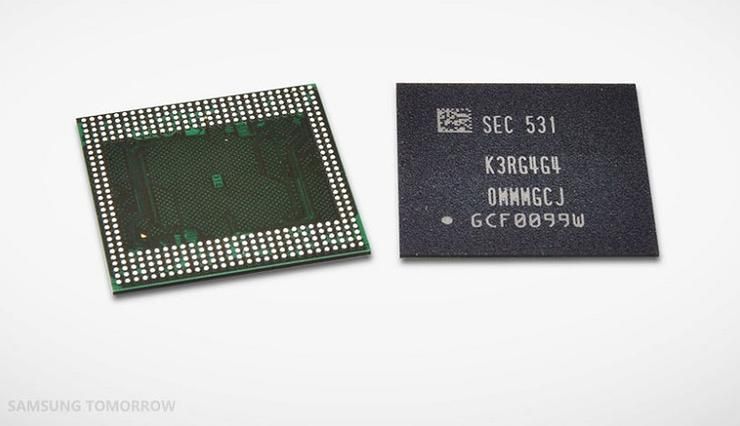
https://www.youtube.com/watch?v=Fb3gn5GsvRk
FOLLOW on:
https://www.facebook.com/documentarytube.net
https://twitter.com/DocArchive
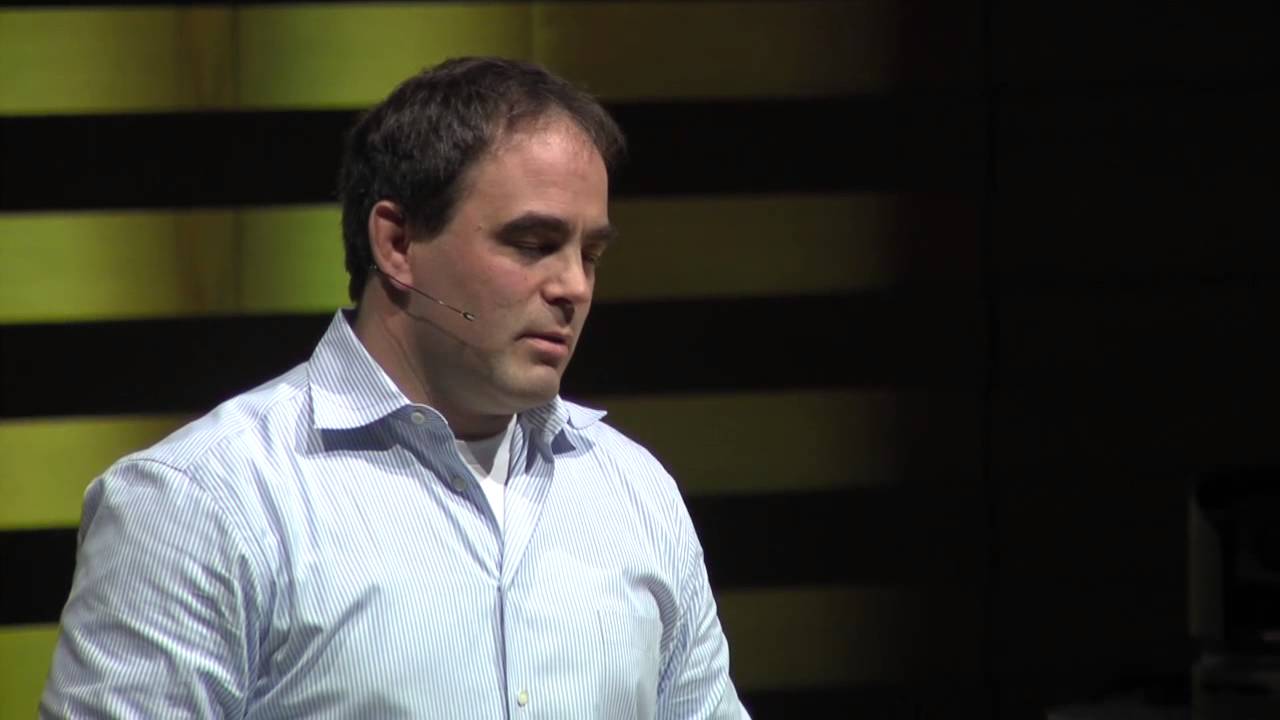
Geordie Rose, Founder of D-Wave (recent clients are Google and NASA) believes that the power of quantum computing is that we can ‘exploit parallel universes’ to solve problems that we have no other means of confirming. Simply put, quantum computers can think exponentially faster and simultaneously such that as they mature they will out pace us. Listen to his talk now!

Italian neurosurgeon Sergio Canavero grabbed the world’s attention this past winter when he announced his plans to perform the first human head transplant. Many doubted that such an outrageous procedure would ever see the light of day. Now, Canavero has a date on the books.
Thirty-year-old Russian computer scientist Valery Spiridonov is set to become the world’s first head transplant patient in December 2017. Spiridonov suffers from a rare genetic muscle-wasting condition known as Werdnig-Hoffmann disease. There’s currently no known treatment.
As you might not want to imagine, the procedure will be filled with challenges and uncertainties. There’s the hair-raising possibility that the head will reject the body or vice versa. The spinal cord might not fuse properly. Even if everything goes well, there’s no telling whether Spiridonov’s mental capacities or personality will remain the same. He’s embarking on totally uncharted medical territory.
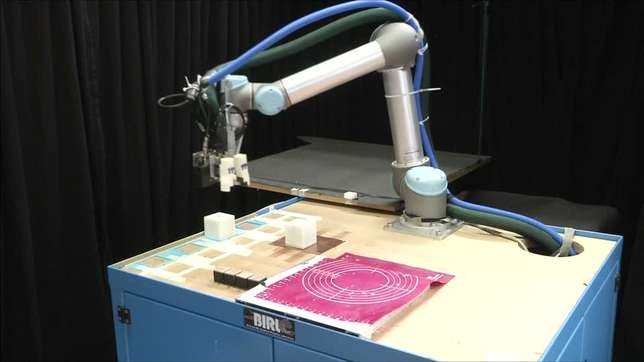
We developed a robot that creates robots.
Scientists from the University of Cambridge have built a mother robot that independently builds its own children and then tests their performance to inform the design of the next generation. By analyzing the data it collects from observing the child, the mother robot ensures that preferential traits are passed down to the next iteration, while letting weaknesses fall by the wayside.
“We developed a robot that creates robots. And basically we have a mother robot that combines active and passive modules using glue to make other children robots. And these robots, as the mother creates them and puts them to work, she evaluates how they’re behaving and she uses the data from this behavior to create the next generation of robots,” explained Andre Rosendo, who worked on the project at the University’s Department of Engineering.
With no human intervention beyond a simple computer command to build a robot capable of locomotion, the mother constructs a design using between one and five plastic cubes that are stuck together using glue. Each cube has a small motor inside, so when they are attached to each other in slightly varying formations it produces a different rate of locomotion when the motors are activated. Each robot child is tested on how far it moves from a starting position in a given amount of time, with the best individuals’ traits carried over into the next generation.
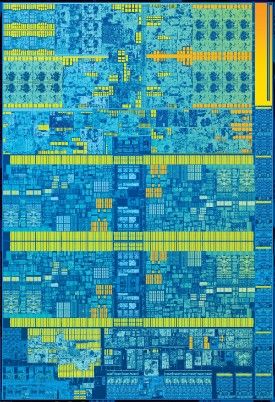
Intel Corporation introduced the 6th Generation Intel® Core™ processor family, the company’s best processors ever. The launch marks a turning point in people’s relationship with computers. The 6th Gen Intel Core processors deliver enhanced performance and new immersive experiences at the lowest power levels ever and also support the broadest range of device designs – from the ultra-mobile compute stick, to 2 in 1s and huge high-definition All-in-One desktops, to new mobile workstations.
There are over 500 million computers in use today that are four to five years old or older. They are slow to wake, their batteries don’t last long, and they can’t take advantage of all the new experiences available today.
Built on the new Skylake microarchitecture on Intel’s leading 14nm manufacturing process technology.
